Blogging Marvel’s The Tomb of Dracula, Part Nine
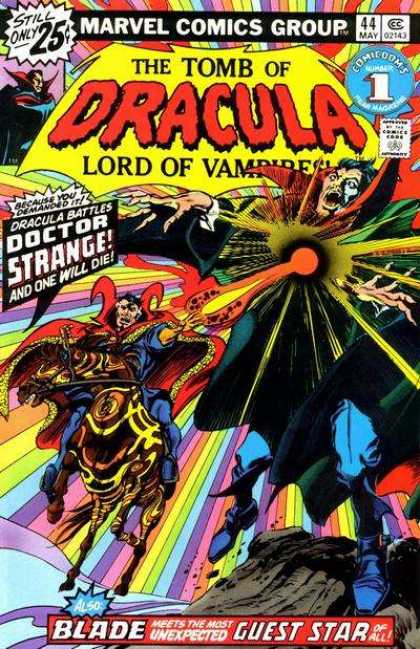 The Tomb of Dracula #44, “His Name is Doctor Strange” kicks off the series’ crossover with Marvel’s flagship occult title, Doctor Strange. The crossover was a natural choice given the characters and the fact that artist Gene Colan had a past association with Marvel’s Master of the Mystic Arts. Admittedly, the physical resemblance between Colan’s rendition of Stephen Strange and the Lord of Vampires is a bit too close for comfort, but Marv Wolfman delivers a solid script that makes the crossover fun despite failing to live up to the potential of what the meeting between these two characters might have been.
The Tomb of Dracula #44, “His Name is Doctor Strange” kicks off the series’ crossover with Marvel’s flagship occult title, Doctor Strange. The crossover was a natural choice given the characters and the fact that artist Gene Colan had a past association with Marvel’s Master of the Mystic Arts. Admittedly, the physical resemblance between Colan’s rendition of Stephen Strange and the Lord of Vampires is a bit too close for comfort, but Marv Wolfman delivers a solid script that makes the crossover fun despite failing to live up to the potential of what the meeting between these two characters might have been.
The story gets underway with Strange retrieving his faithful manservant, Wong from the crystal ball he had mystically disappeared into only to find his valet has been bitten by a vampire. Strange enters the crystal ball and visits the past to see Wong interrupting Dracula’s attack on an innocent woman and then watches through Wong’s eyes as the vampire turns on his manservant. This intriguing set-up sets Strange off to put an end to Dracula’s reign of terror. From here, we segue to a largely pointless comic relief subplot where tabloid journalist Harold H. Harold is incensed to learn that his publisher’s sexy, but dimwitted receptionist Aurora Rabinowitz has sold her story about their encounter with Dracula and earned a byline.
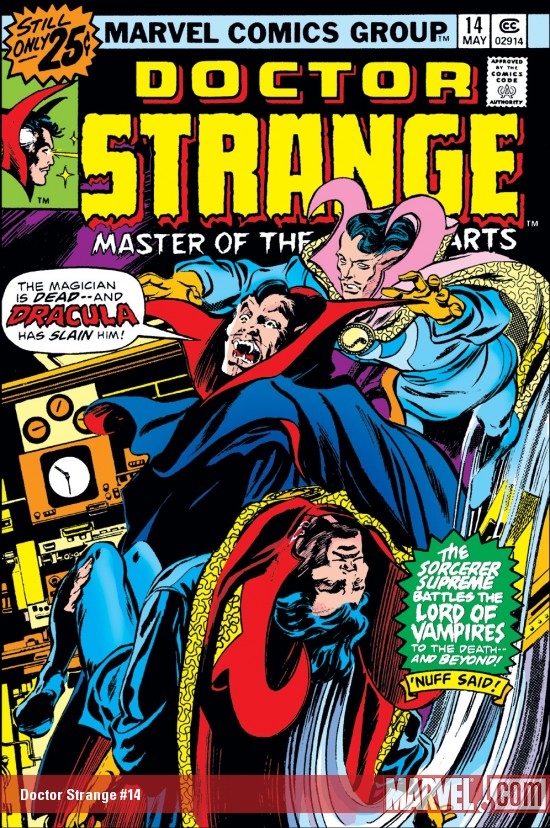 From there, we move to the much more interesting subplot involving the white-haired vampire who is being sought by both Blade and Hannibal King. The actual conflict between Dracula and Dr. Strange comes off rather well with the sorcerer tracking the vampire to his coffin and entering an astral battle with the vampire in 15th Century Wallachia. Unsurprisingly, Strange underestimates the vampire’s hypnotic powers and is attacked and bitten by Dracula. The issue’s real climax sees Blade and Hannibal King meeting for the first time on the trail of the white-haired vampire who ruined both of their lives.
From there, we move to the much more interesting subplot involving the white-haired vampire who is being sought by both Blade and Hannibal King. The actual conflict between Dracula and Dr. Strange comes off rather well with the sorcerer tracking the vampire to his coffin and entering an astral battle with the vampire in 15th Century Wallachia. Unsurprisingly, Strange underestimates the vampire’s hypnotic powers and is attacked and bitten by Dracula. The issue’s real climax sees Blade and Hannibal King meeting for the first time on the trail of the white-haired vampire who ruined both of their lives.
Doctor Strange #14, “The Tomb of Doctor Strange” concludes the crossover with Steve Englehart’s script fitting as seamlessly into Wolfman’s storyline as Wolfman did with his in the first part. This uncommonly effective crossover can be contributed to the fact that Wolfman edited both titles. As the story gets underway, we learn that Strange’s astral form is still free while his physical body has fallen victim to the vampire. More significantly, Dracula first stumbles upon the deconsecrated Boston church in this issue which will play such an important role in the next story arc. Englehart also begins a continuing storyline with Dracula being pursued by an unseen spirit who taunts him with visions from his past. Dracula returns to feast on Strange and the magician’s astral form re-enters his body, awakening him. Strange calls on Jehovah and creates an astral cross which causes the vampire’s death. The effects of Strange and Wong’s vampire bits are reversed with Dracula’s death at the issue’s rushed conclusion.
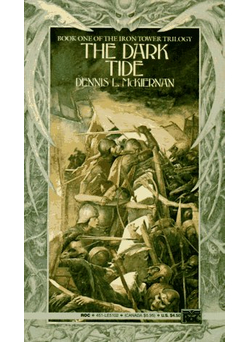 The publication of Terry Brooks’ Sword of Shannara in 1977 was a watershed moment in fantasy literature. The success of J.R.R. Tolkien’s The Lord of the Rings left fans clamoring for more epic, secondary world fantasy
The publication of Terry Brooks’ Sword of Shannara in 1977 was a watershed moment in fantasy literature. The success of J.R.R. Tolkien’s The Lord of the Rings left fans clamoring for more epic, secondary world fantasy 

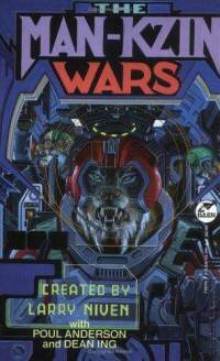
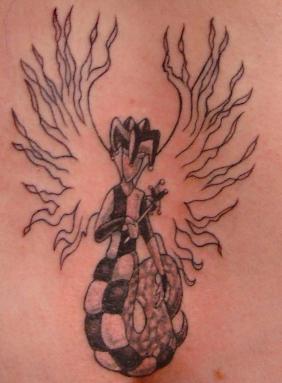
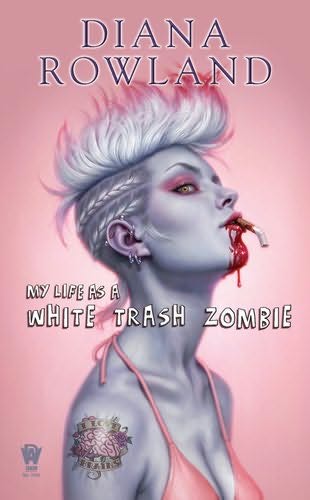

 I give it two out of three brains. And seriously, the cover is AWESOME. Now that’s a le freakin’ sexy zombie.
I give it two out of three brains. And seriously, the cover is AWESOME. Now that’s a le freakin’ sexy zombie.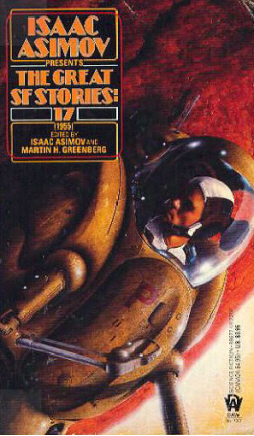
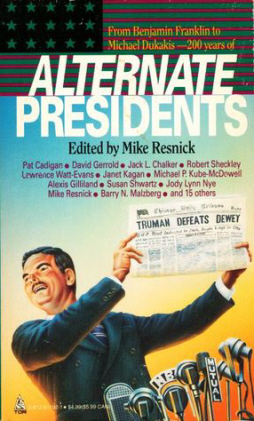
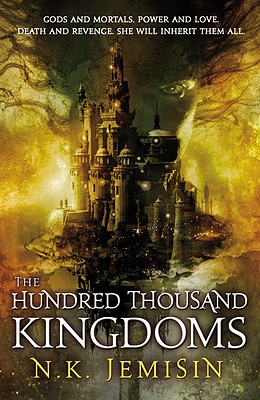
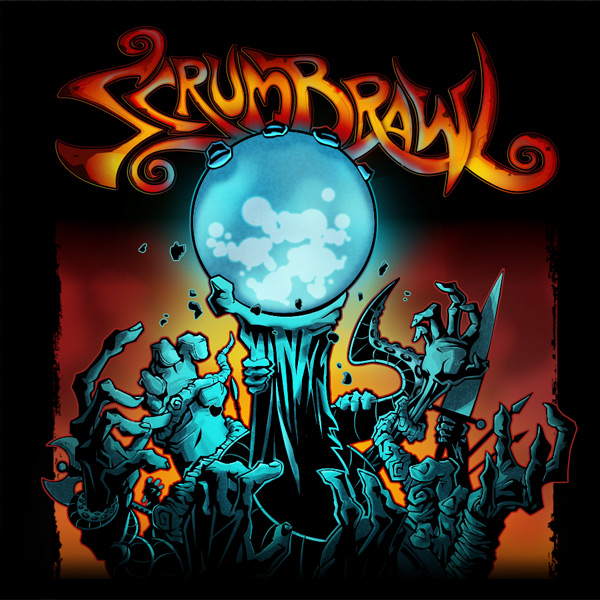 I’ve always been fascinated by the attempts of gaming companies to turn athletic sports into board games. Fascinated, but not quite intrigued enough to play one, until now.
I’ve always been fascinated by the attempts of gaming companies to turn athletic sports into board games. Fascinated, but not quite intrigued enough to play one, until now.